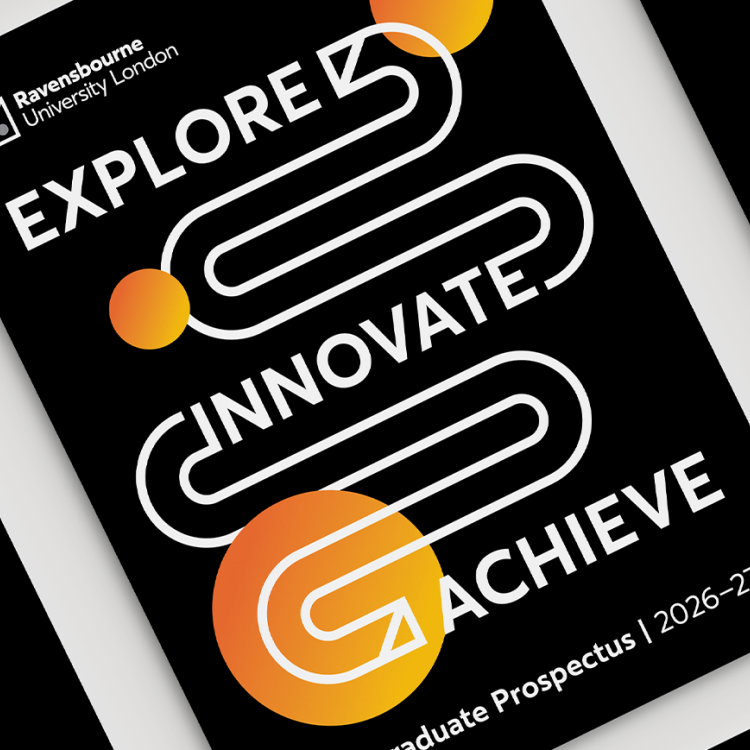Concept and creative process
The titles for a series aimed at those interested in pursuing modelling as a hobby. This title sequence was an early example of motion graphics exploring the possibilities of the embryonic technology of 3D computer graphics to demonstrate the principles of the construction of an object using a wire frame. The tumbling, revolving letterforms were constructed using the computer software program ‘Picasso’, developed by 3D animation pioneer John Vince at the Middlesex Polytechnic (now Middlesex University). He created courses for BBC designers to attend in order to initiate them into this emerging technology, and a number of designers created memorable award-winning sequences as a result of attending his courses, by finding ways of engaging with the technique and marrying it with new film techniques to achieve exciting and surprising visual results. ‘Picasso’ created an animation sequence as a series of key frames, in this case wire frame letters of the programme title, plotting their position in space and interpolating all of the drawings required to move each object from one key frame to the next. The resulting drawings were drawn out in black ink on clear cel acetates by a plotter using a Rotring technical drawing pen. This artwork could be painted and filmed directly on a rostrum camera as traditional animation or, as in the ‘Model World’ titles, coloured using gels. Alternatively, it could be turned into photographic negatives, clear on black images (‘Kodaliths’) that could be filmed back-lit on the rostrum camera, and by applying additional film techniques such as lens filters and scanning techniques, create effects beyond the imagination even of John Vince, the software’s author.
For further examples see also:
https://www.ravensbourne.ac.uk/bbc-motion-graphics-archive/crystal-cube-1983 and
https://www.ravensbourne.ac.uk/bbc-motion-graphics-archive/ou-personality-and-learning-1976
